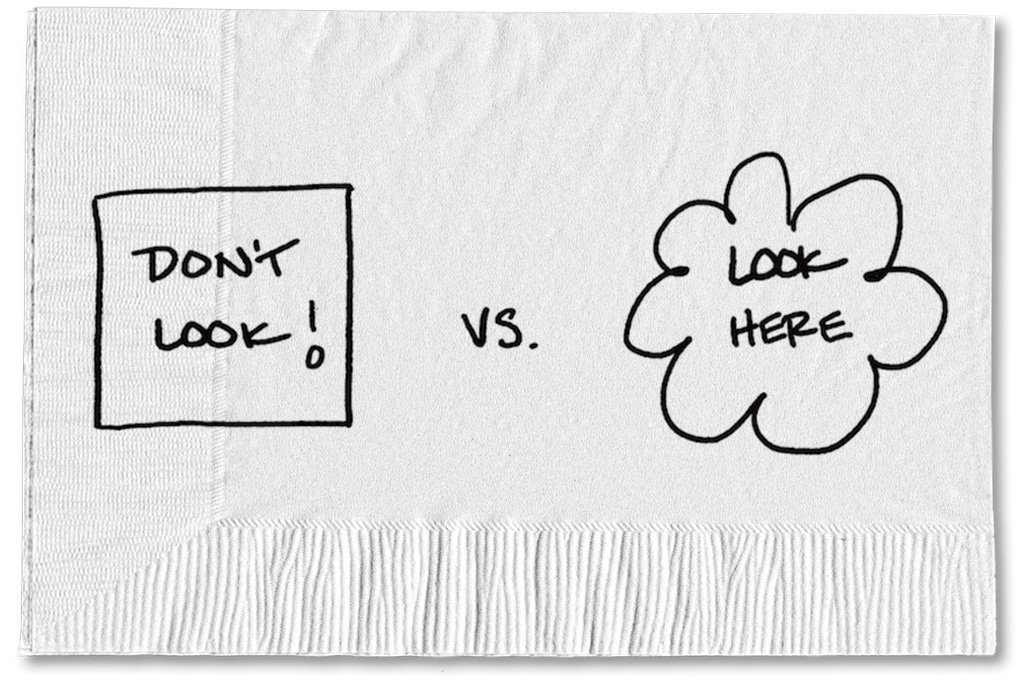Let’s play a little game. Clear your mind. Go ahead, clear it.
O.K., now, as soon as you finish reading this sentence, try not to picture a white bear.
D’oh!
O.K., let’s try again. On the count of three. One … two …
White bear! Dang it!
If you’re having trouble with this, don’t worry. You’re not alone. The harder people try not to think of something, the more they end up thinking about it. Ironic, no?
It turns out this experience has a name. It’s called the ironic process theory, and it almost guarantees that your efforts to change bad habits by resisting those habits will fail. Research shows that “thought suppression has counterproductive effects on behaviors.” If you’ve ever desperately told yourself not to scratch that mosquito bite or buy another cactus on Amazon, I’m sure this comes as no surprise.
This inconvenient little bit of neuroscience has bothered me ever since I came across a famous Carl Jung quote: “What you resist not only persists but will grow in size.” If resisting a behavior I want to change is not only ineffective but harmful, then what should I do instead?
One trick is to pull a little bait and switch on your own brain. It goes like this: When the urge comes to do the counterproductive thing, don’t resist. Instead, replace.
Let me explain with an example. I had a friend that had an urge-based habit he wanted to break. He fought with it for years using the resist, resist, resist method with predictable results. Finally, he decided to try something different. Every time he felt that urge, instead of trying to fight it he replaced the resistance with, drumroll, please …
I love this little bait and switch because it feels like a Jedi mind trick. And getting a drink is just one idea. Peel an orange, go outside, do a push up, sing a song. Whatever works for you. It doesn’t matter what you do instead of resisting the behavior, just so long as you do something else.
The above blog is by Carl Richards originally published in The New York Times’ Blog.
About the Author: Carl Richards, a certified financial planner, is the author of “The Behavior Gap” and “The One-Page Financial Plan.” His sketches and essays appear weekly in the New York Times.







0 Comments